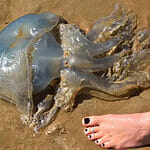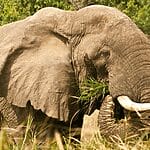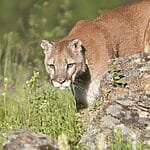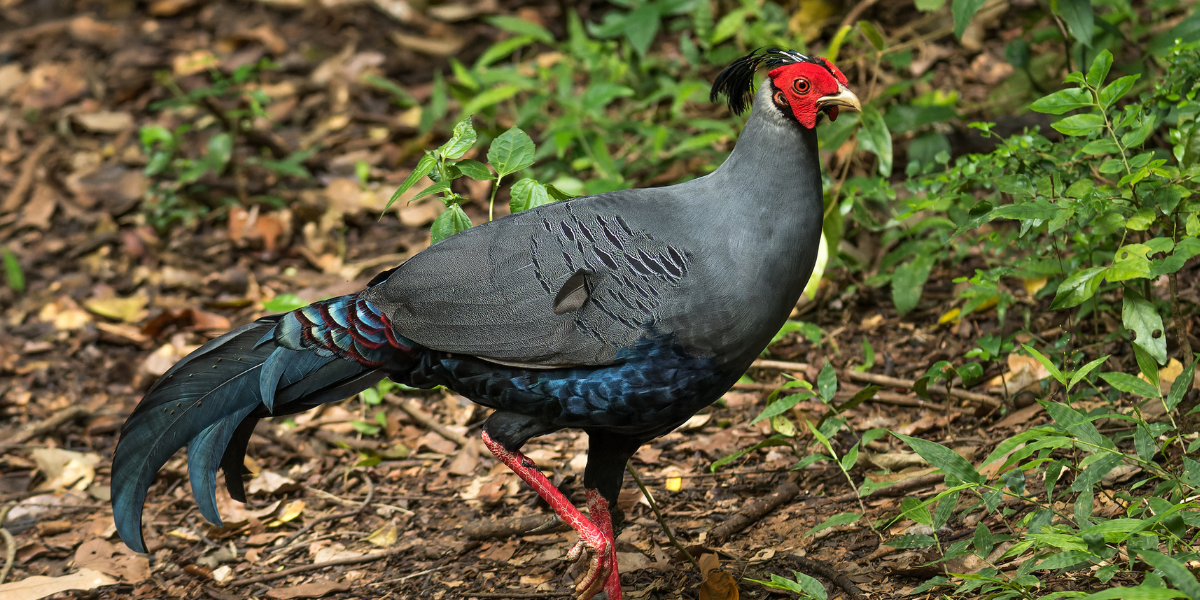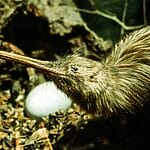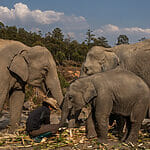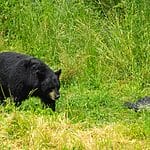New York might be known for its skyscrapers and busy streets, but it’s home to some animals that pose risks to residents and visitors. From venomous snakes to aggressive mammals, certain creatures can be dangerous if encountered unexpectedly.
One of the key concerns is that many people are unaware of the wildlife hazards lurking in their surroundings. A bite or encounter can lead to serious injuries or medical emergencies, especially when people don’t know how to respond.
For instance, the timber rattlesnake, a venomous species, is found in parts of New York, and its bite can be life-threatening if not treated promptly.
In this article, we’ll identify these dangerous animals and discuss ways to stay safe, so you can enjoy New York’s natural beauty without fear.
Let’s Explore the most common dangerous Animals in New York
According to the New York State Department of Environmental Conservation (DEC), there are approximately:
92 mammal species found in New York State. These include black bears, white-tailed deer, coyotes, foxes, raccoons, and many more.
376 bird species found in New York State. These include bald eagles, bluebirds, hawks, owls, warblers, and many more.
71 reptile species found in New York State. These include snakes, turtles, lizards, and crocodilians. Here a listed some of the top most dangerous animals in New York.
Here we have mentioned just 18 of the common dangerous animals in New York.
Timber rattlesnake
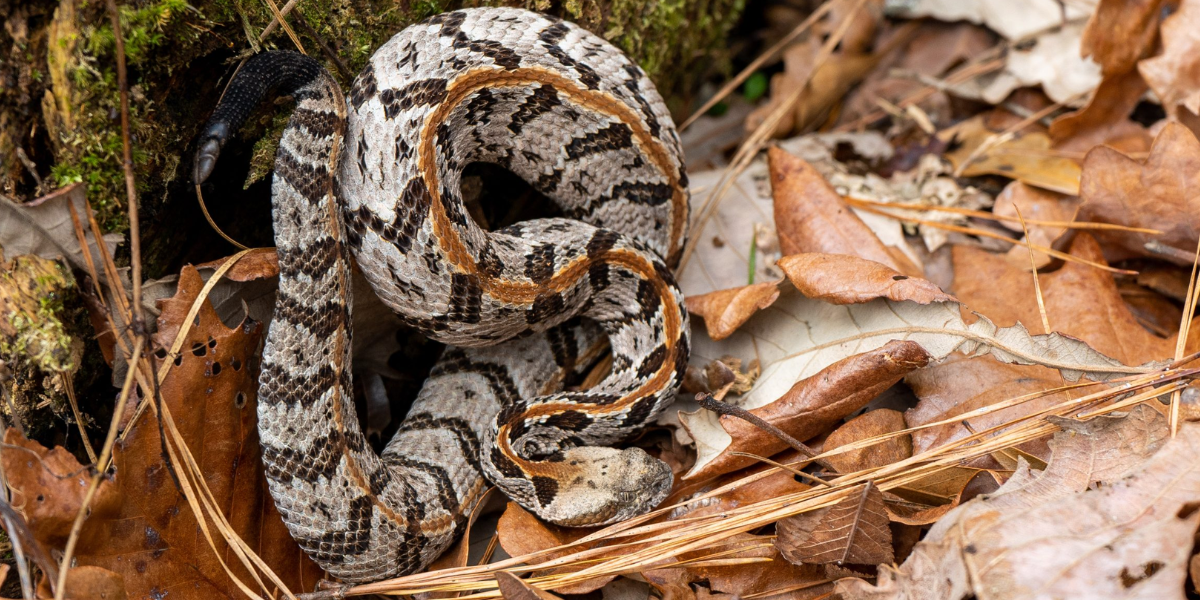
Timber rattlesnakes are large, venomous snakes found in eastern North America. It is most dangerous animal in New York, you will found in forests, woodlands, and rocky areas. Timber rattlesnakes eat a variety of small animals, including mice, rats, squirrels, and birds. They are also known to eat amphibians and reptiles.
The females typically give birth to 6-12 young in the spring. Timber rattlesnakes are slow-growing snakes, and they may not reach sexual maturity until they are 5-7 years old.
They can grow up to 6 feet long and weigh up to 15 pounds. Their venom is highly toxic and can be fatal to humans. If you are bitten by a timber rattlesnake, it is important to seek medical attention immediately. They are listed as a species of least concern by the IUCN.
Bull Moose
Usually reclusive, bull moose get very aggressive during “the rut” (the fall mating season) and will charge if you get too close during this time of year. Although there have been no fatal moose/car accidents in New York yet, some experts believe it’s just a matter of time as the moose population continues to rise.
Ticks
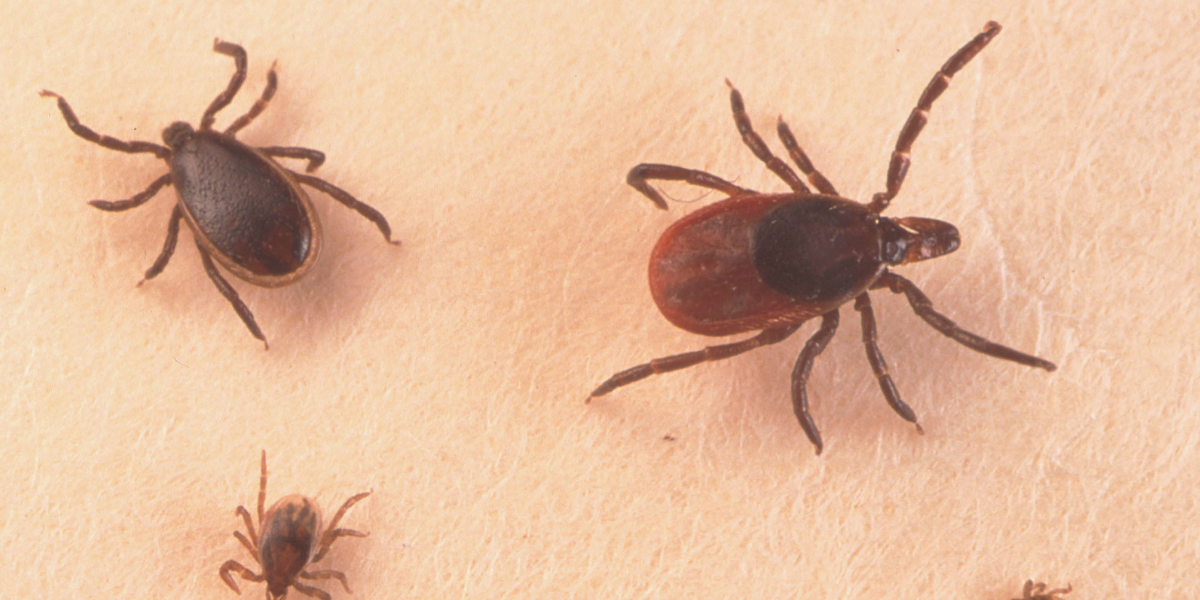
They are found in wooded areas, as well as in grassy areas and gardens. Ticks are small, eight-legged arachnids that feed on the blood of animals.
Ticks feed on a variety of animals, including deer, mice, birds, and humans. They can transmit a number of diseases, including Lyme disease, Rocky Mountain spotted fever, and ehrlichiosis.
Ticks are most active in the spring and fall, but they can be found year-round in some areas.Ticks have a four-stage life cycle: egg, larva, nymph, and adult. The female tick lays her eggs in the spring or fall. These are one of the dangerous creatures.
Black bears
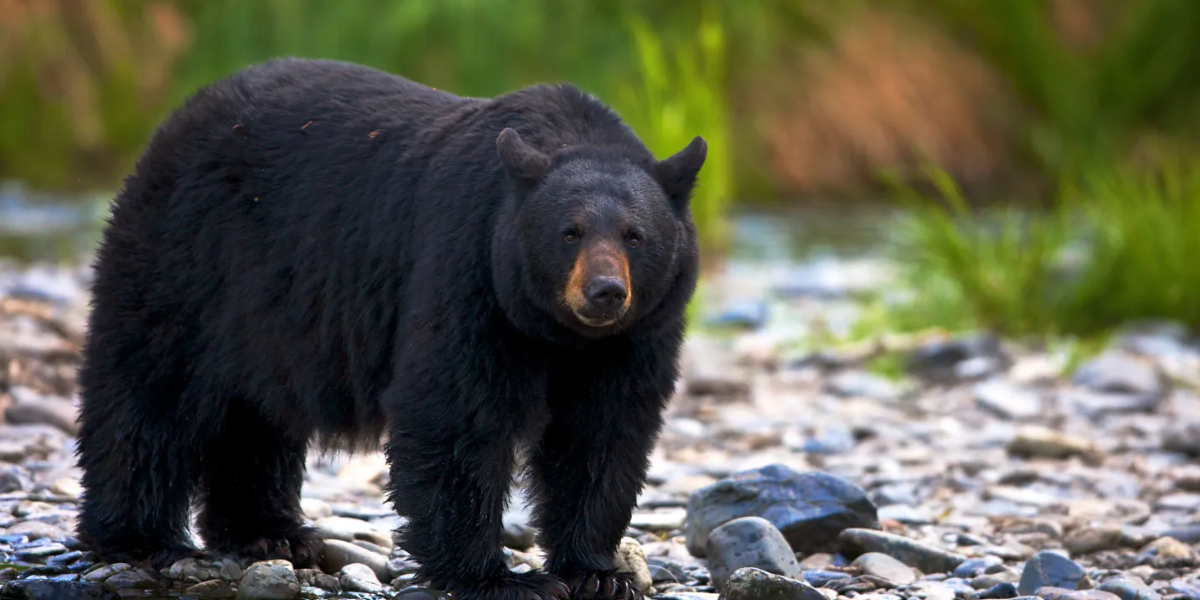
Black bears are found in North America, from Alaska to Mexico. They are the most common bear species in North America, and adaptable to multiple habitats, including forests, mountains, and swamps.
Black bears are omnivores, and their diet varies depending on the season. In the spring and summer, they eat a variety of fruits, berries, and insects. In the fall, they eat nuts, seeds, and acorns. In the winter, they hibernate, and they survive on their body fat.
Black bears are most common dangerous animals in New York who are solitary animals, except for during the breeding season. Females typically give birth to 2-3 cubs in the spring. Cubs stay with their mother for about 17 months.
These wild animals are excellent swimmers, and can climb trees. They are an important part of the ecosystem and plays an important part in controlling the populations of insects, berries, and other plants.
Beaver
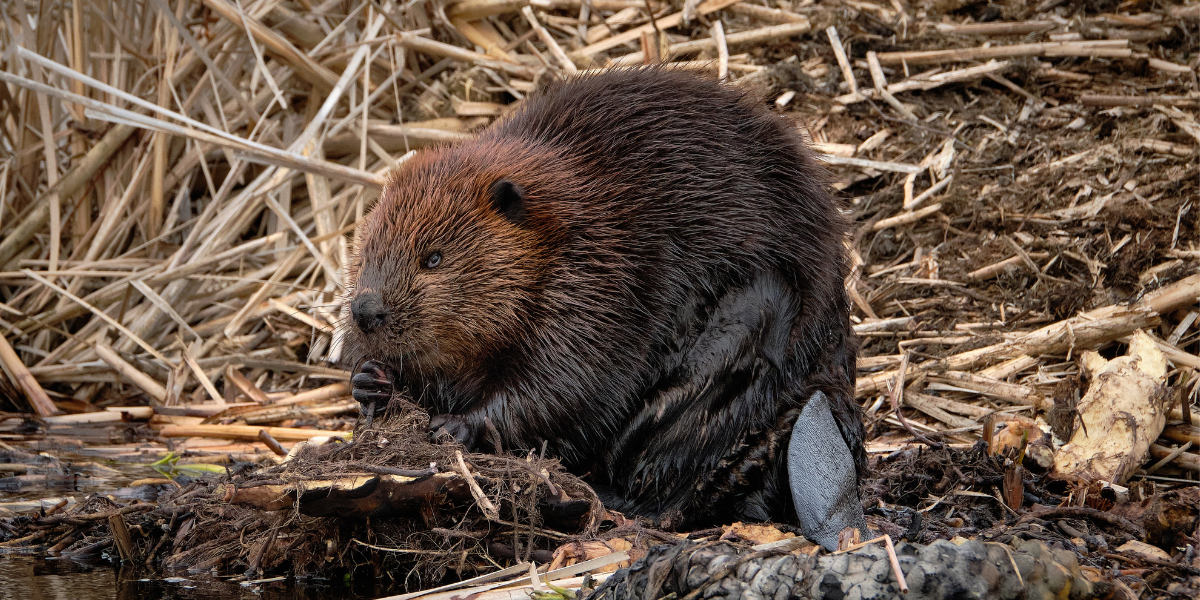
Beavers are common dangerous animals in New York, they are large, semi-aquatic rodents that are found in North America, Europe, and Asia. They are known for their ability to build dams, which they use to create ponds and wetlands.
Beavers are herbivores and eat a variety of plants, including bark, twigs, and leaves. They also eat aquatic plants, such as pondweed and water lilies.
Beavers are social animals and live in family groups called colonies. Colonies can range in size from 2 to 12 individuals. Beavers mate for life and typically have 3 to 4 kits per year. Kits are born blind and helpless, but they grow quickly and are able to swim within a few weeks of birth.
Their front teeth keeps growing throughout their life. They can hold their breath for up to 15 minutes. Beavers are an important part of the ecosystem, as their dams help to control flooding and provide habitat for other animals.
Mosquitoes
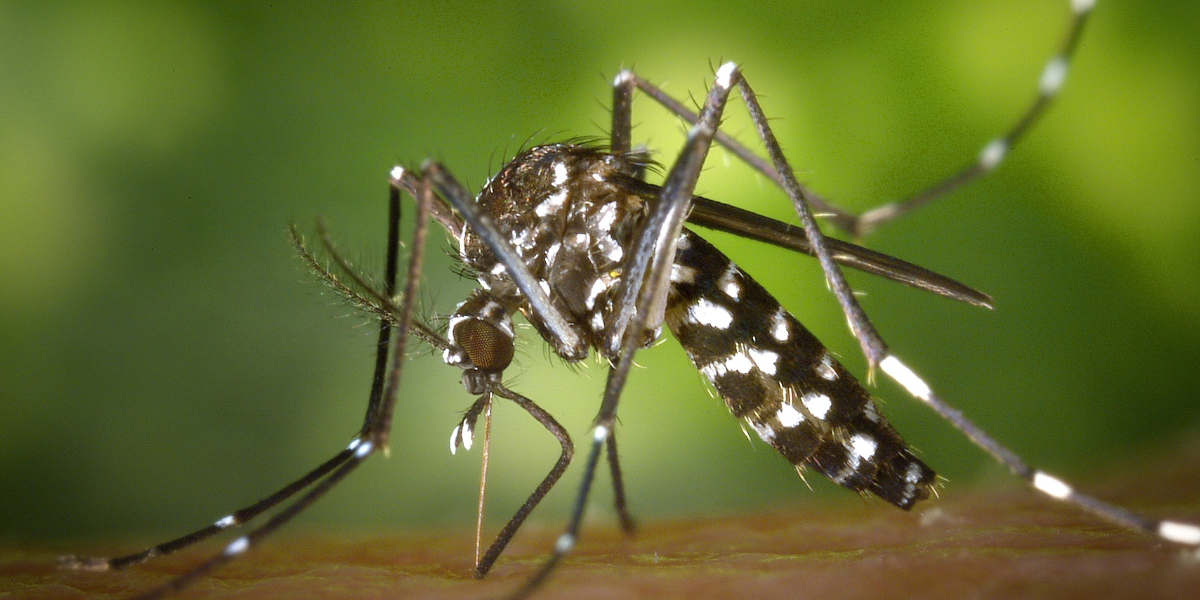
Mosquitoes are found all over the world, except for Antarctica. They are most common in warm, humid climates, but they can also be found in temperate areas. Mosquitoes are attracted to heat, moisture, and carbon dioxide, so they are often found near people and animals.
Mosquitoes are hematophagous, which means they feed on blood. Only female mosquitoes bite, as they need the blood to develop their eggs. Mosquitoes can transmit a variety of diseases, including malaria, dengue fever, yellow fever, and Zika virus.
The mosquito life cycle has four stages: egg, larva, pupa, and adult. Mosquitoes lay their eggs in water or moist places. The larvae hatch into pupae, which then hatch into adults. Adult mosquitoes live for about one to two weeks.
The female Anopheles mosquito is the only mosquito that can transmit malaria. Mosquitoes can fly up to 1.5 miles in search of a blood. They can detect their prey from the carbon dioxide that we exhale from up to 50 feet away.
Snapping turtles
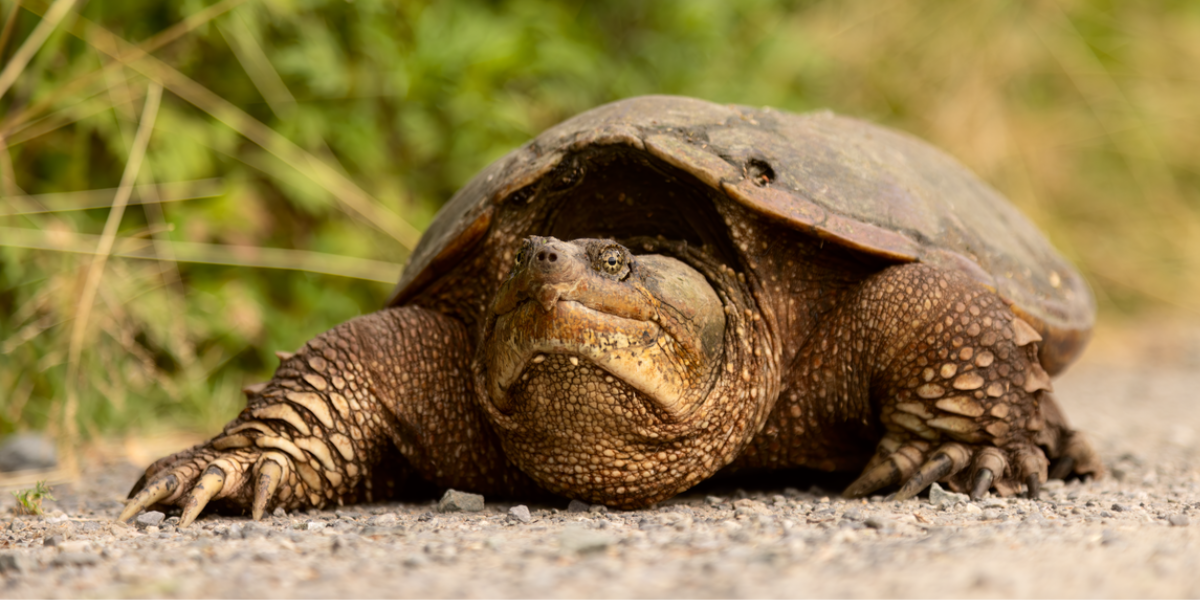
Snapping turtles are found in freshwater habitats throughout North America, from southeastern Canada to the Gulf Coast and Mexico. They are large turtles, with some individuals reaching up to 30 inches in length and weighing over 100 pounds.
Snapping turtles are omnivores, and their diet consists of a variety of animals, including fish, frogs, snakes, insects, and even small mammals. They are also known to scavenge on carrion.
Snapping turtles are solitary animals, and they only come together to breed. Mating occurs in April and females lay their eggs in nests dug in the sand or mud. The eggs hatch in about 2 to 3 months, and the young turtles are independent from birth.
Their powerful bite can easily crush bone, and these turtles can live for over 40 years.
Eurasian Boar
Eurasian boars are a highly adaptable, destructive, non-native, invasive species. The DEC and the USDA have made significant strides in eradicating them from much of the state’s landscape in recent years. Nevertheless, if you encounter one, be cautious. They can be very aggressive, especially when protecting their young. Males have sharp tusks, which they won’t hesitate to use when threatened or scared.
Red-Tailed Hawks
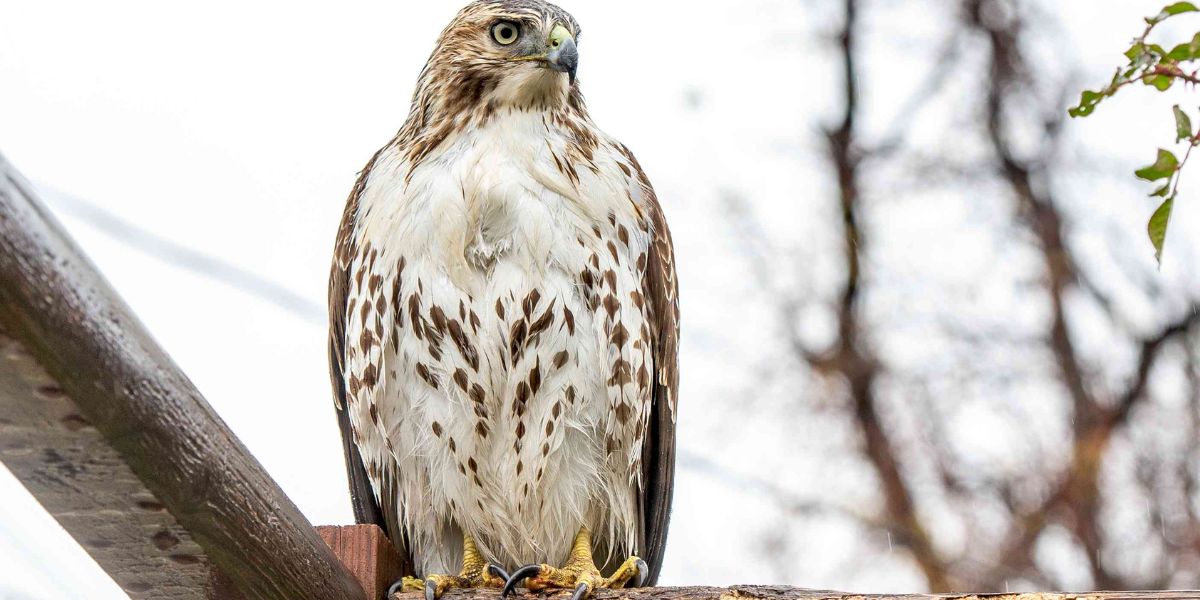
Red-tailed hawks are found throughout North America, from Alaska to Mexico. They are one of the most common hawks in North America, and they are often seen soaring over open fields and forests.
Red-tailed hawks are common dangerous animals in New York, and these carnivores eat small animals, including rodents, rabbits, birds, and reptiles. They are also known to eat insects, fish, and amphibians.
Red-tailed hawks are monogamous, and they mate for life. They build their nests in trees, and the female lays 2-5 eggs. The eggs hatch after about 30 days, and the young hawks fledge after about 45 days.
It is one of the dangerous animal. They have a wingspan of up to 5 feet, and can weigh up to 4 pounds. These hawks have a lifespan of up to 20 years.
Eastern Coyote
Normally skittish around humans, coyotes can be dangerous if they become habituated to residential areas for food or other reasons. They’ve been known to attack small dogs and cats and shouldn’t be trusted around young children. While attacks on humans are rare, there have been incidents, such as the 2009 fatal attack on a woman in Nova Scotia and a recent incident where two women in Wolcott, NY were bitten by a rabid coyote.
Rats
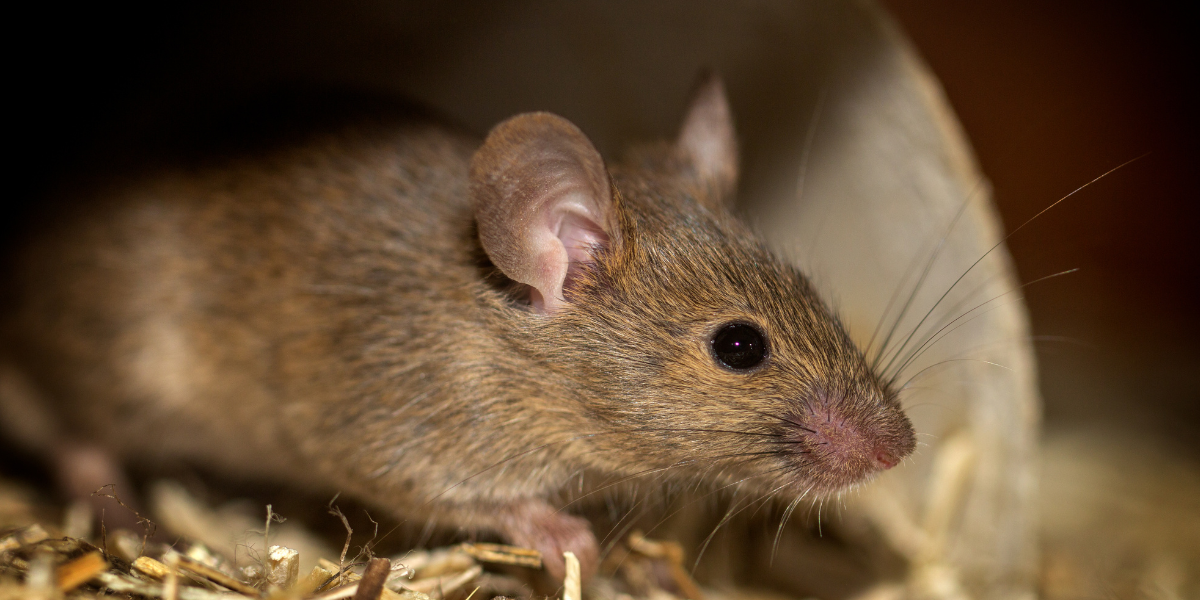
Rats are found all over the world, in both urban and rural areas. They are omnivorous and will eat almost anything, including food scraps, garbage, insects, and even other rodents. Rats are very good at adapting to their environment and can survive in a variety of conditions.
Rats are social animals and live in groups called “mischiefs. They can reproduce very quickly, and a female rat can give birth to up to 20 pups at a time.
Rats can swim and climb, and they can fit through very small holes. They have a very good sense of smell and hearing. These rodents can transmit diseases to humans, such as the plague and salmonella.
Black widow spiders
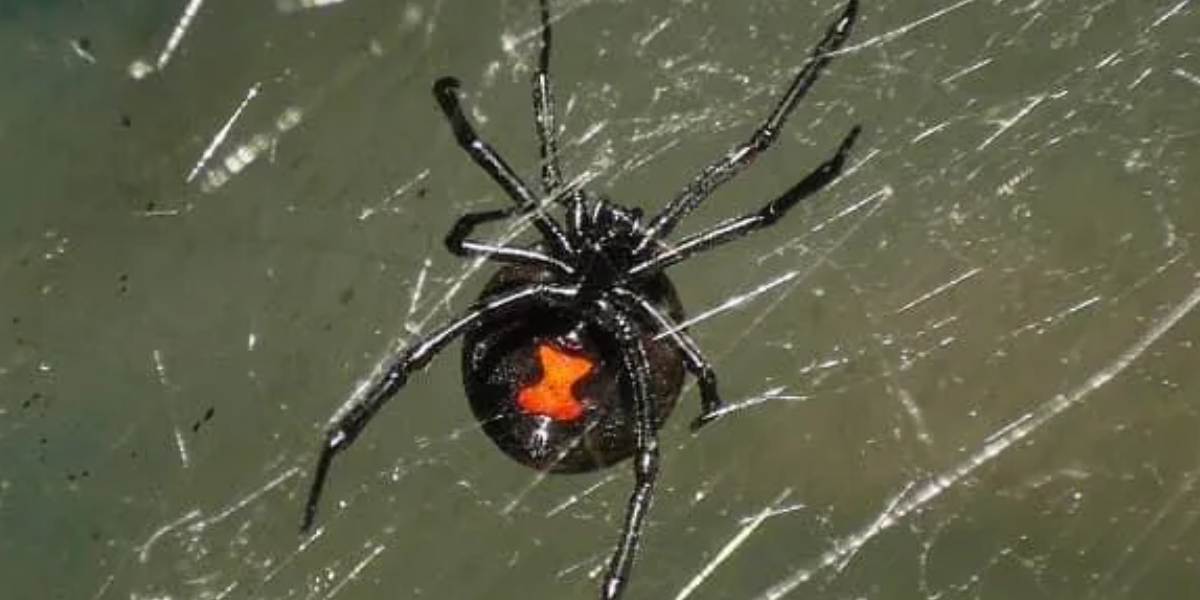
They are most common in the southern and southwestern United States, but they can also be found in other parts of the country, as well as in Canada, Mexico, and Central and South America.
These spiders are typically found in dark, undisturbed places, such as woodpiles, sheds, and under rocks. Black widow spiders are venomous and their bite can be dangerous, and can be deadly. It is one of the most dangerous animals.
Black widow spiders are common dangerous animals in New York. these solitary animals and they only come together to mate. After mating, the female black widow spider often eats the male. The female black widow spider is larger than the male.
Copperhead Snake
The Copperhead snake is one of three venomous snake species found in New York, thriving in the Hudson Valley and Catskill Mountains.
With copper-colored heads and hourglass patterns along their bodies, these pit vipers possess heat-sensing organs to track prey. Their venom, though milder than some other venomous snakes, can cause pain, swelling, and tissue damage.
Copperheads account for more bites than any other snake species in the U.S., but fatalities are rare. They tend to remain still when approached, relying on camouflage, which sometimes leads to accidental encounters.
Brown Recluse Spider

Though not native, the Brown Recluse spider occasionally appears in New York through shipments from other regions. It is identified by a violin-shaped mark on its back.
This spider’s venom can cause necrosis, leading to skin damage that may take months to heal. Bite symptoms include fever, nausea, and ulcers that require medical attention.
Encounters remain uncommon since the spider prefers dark, secluded spaces. Quick action is essential if bitten, as untreated wounds can worsen over time.
Wasps
Species such as yellowjackets and paper wasps thrive in New York, especially during warmer months. Known for their narrow waists, these insects can sting repeatedly and inject venom, causing pain and swelling.
While most stings are not severe, individuals with allergies may experience life-threatening reactions. Wasps often build nests near homes or recreational areas, increasing the chance of stings during outdoor activities.
Avoiding nests and using insect control methods helps reduce these encounters.
North American Porcupine

The North American Porcupine inhabits forests across New York, covered with around 30,000 quills that serve as a defense mechanism. Although these animals do not attack proactively, they can cause injuries if approached too closely.
When threatened, porcupines emit sounds or odors as warnings before deploying quills. These quills, once embedded, are difficult to remove and can cause infections if not treated. Avoiding direct contact with these rodents minimizes risks.
Raccoon
Raccoons are widespread throughout New York, often scavenging for food in urban areas. These nocturnal animals can carry diseases like rabies and leptospirosis, posing a health risk to humans and pets.
While raccoon attacks on people are uncommon, they may act aggressively when cornered or protecting their young. Properly securing garbage and blocking entry points to homes can prevent raccoons from becoming a nuisance.
Fox
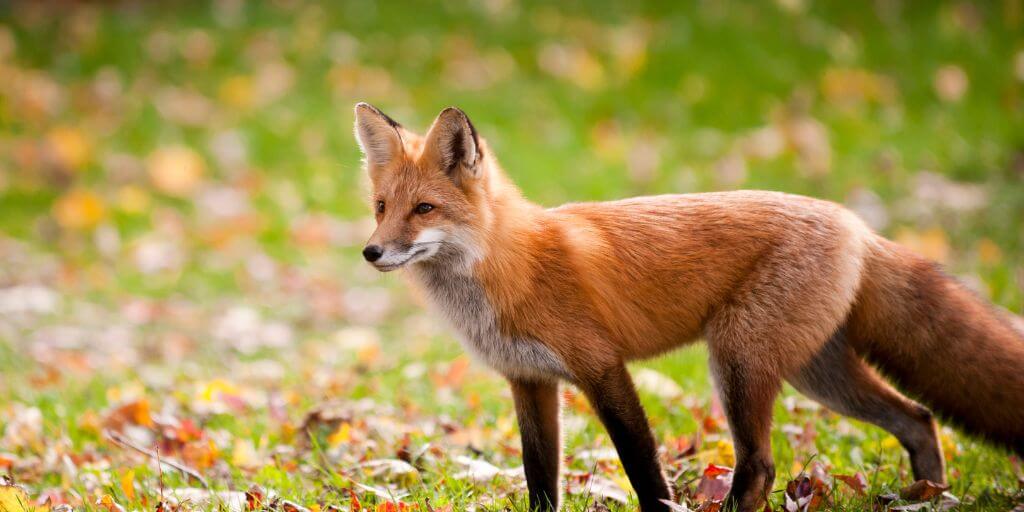
Foxes, particularly red foxes, have adapted well to life in both rural and urban parts of New York. Though generally non-aggressive, they may carry diseases, including rabies, that could threaten humans and pets.
Foxes prefer small animals like rodents but will defend themselves if provoked or if their offspring are at risk.
Keeping pets indoors at night and using secure enclosures helps prevent encounters with these animals.
National bird of New York
The national bird of New York is the Eastern Bluebird (Sialia sialis), it is one of the most common dangerous animals in New York. It was designated as the state bird in 1970. The Eastern Bluebird is a medium-sized songbird with a blue back, a rusty-orange breast, and a white belly.
It is about 6.3 to 7.9 inches long and weighs about 0.7 to 1.2 ounces. Eastern Bluebirds are found throughout North America, except for the far north and the desert southwest. These birds help to control insect populations.
Conclusion
New York State is home to diverse wildlife, including some species that pose dangers to humans. The article covers nine common dangerous animals and highlights their behaviors, habitats, and risks.
Venomous species such as the timber rattlesnake, copperhead snake, and black widow spider can cause severe harm through bites, though fatalities are rare. Similarly, ticks and mosquitoes pose health risks by spreading diseases like Lyme and West Nile virus.
Aggressive animals like black bears, bull moose, and Eurasian boars may become dangerous, especially when defending young or during mating seasons. Other animals like coyotes and raccoons, though less aggressive, can still transmit diseases such as rabies.
Understanding these animals’ habits and taking precautions helps reduce the risk of encounters. Awareness and preparedness remain key to coexisting safely with New York’s wildlife.
FAQs
What predators live in New York State?
Black bear, coyote, bobcat, fisher, northern goshawk, great-horned owl, long-eared owl, river otter, and even the snapping turtle are some common predators live in New York state.
What is the apex predator of New York?
Sharks are the apex predator of New York.
Are there any poisonous animals in New York?
Yes, New York is home to several poisonous animals, including the timber rattlesnake, copperhead, and the eastern massasauga. Additionally, the black widow spider and some ticks can pose health risks due to their venom or disease transmission. Caution is advised when encountering these creatures.
What is the most common animal in New York?
The white-tailed deer is one of the most common animals in New York. Widely distributed across the state, they are frequently seen in forests, fields, and suburban areas. Their adaptability to various environments makes them a ubiquitous presence in New York’s diverse landscapes.
- What Should I Do If A Koala Bites Me? Safety Guide - 2024-05-30
- Are Kangaroos Born Without Hind Legs? A Fascinating Journey - 2024-05-30
- Animals That Look Like Squirrels - 2024-05-30

